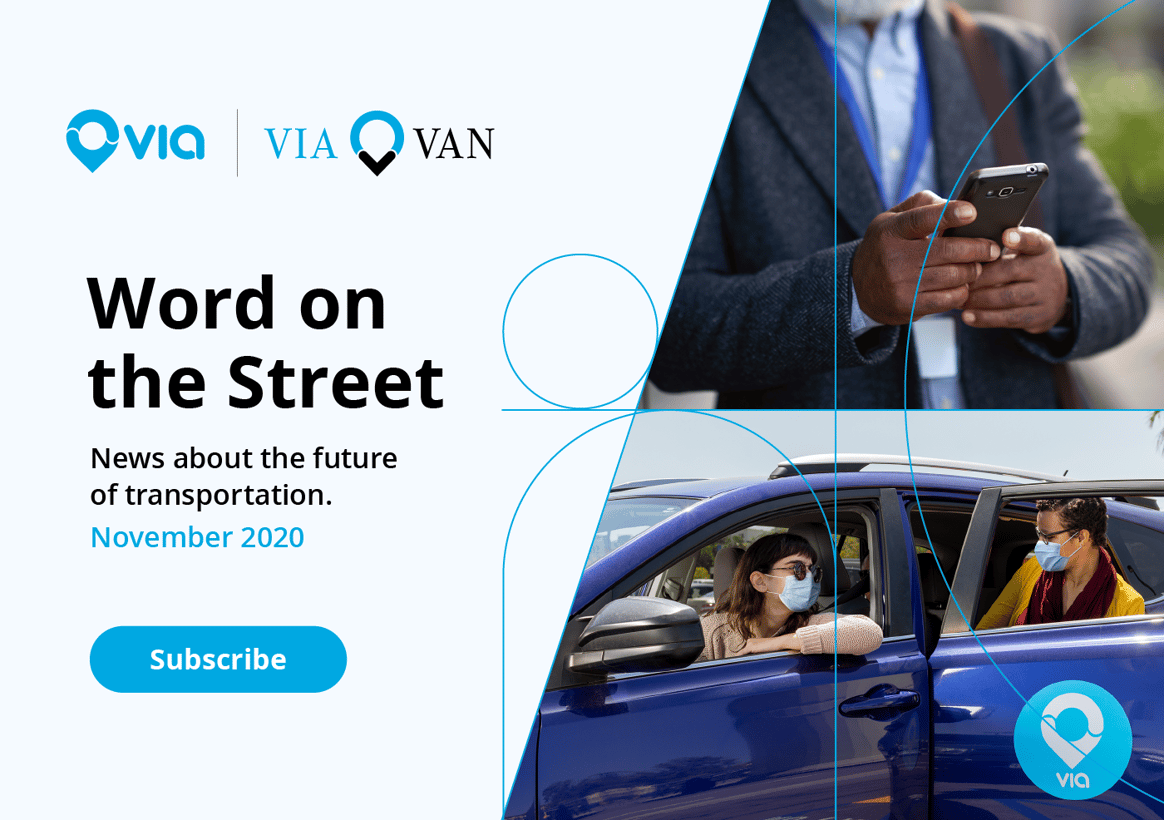We’re using data to debunk the most common microtransit misconceptions.
Via Transportation •

We’re using data to debunk the most common microtransit misconceptions.

Before and after: 6 cities switch to Via and see transit efficiency soar
Doctor shares tips and tricks for designing the safest possible public mobility service
Launching an on-demand transit network in six weeks
The British city turning to demand-responsive tech to revolutionise its public transport network.
The British city revolutionising its public transport network with demand-responsive tech
Transport leaders seek innovative solutions at London summit: 3 key takeaways from inaugural workshop